Is Your Dog’s Resource Guarding Ruining Your Life? Here Are 15 Ways to Fix It
Is your furry friend turning everyday items into prized possessions, growling, or snapping when approached? This behavior, known as resource guarding, is a common issue that can disrupt the harmony of your household. But fear not—there are effective ways to address this behavior. In this guide, we’re exploring 15 practical strategies to help you and your pup find peace, ensuring a happier, safer home environment for everyone involved.
Understand the Behavior
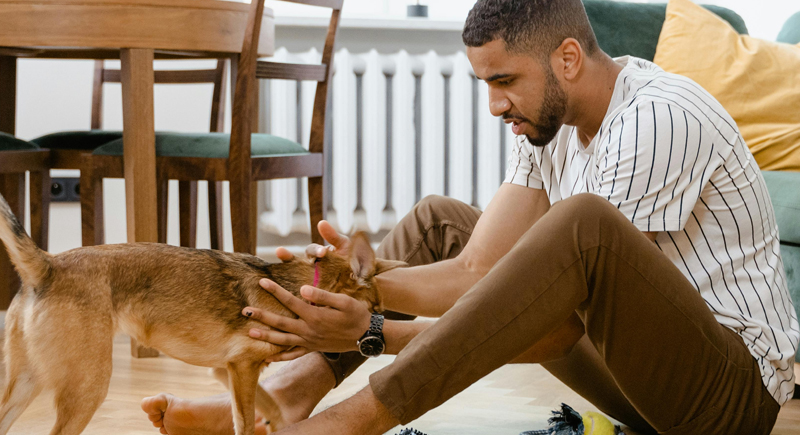
Credit: pexels
Resource guarding is a natural survival instinct for dogs, but in a home setting, it can become problematic. It’s crucial to understand that your dog isn’t being spiteful or dominant; they’re simply protecting what they perceive as valuable. Recognizing this can help you approach the situation with empathy and patience, which are key to resolving the issue.
Identify Triggers
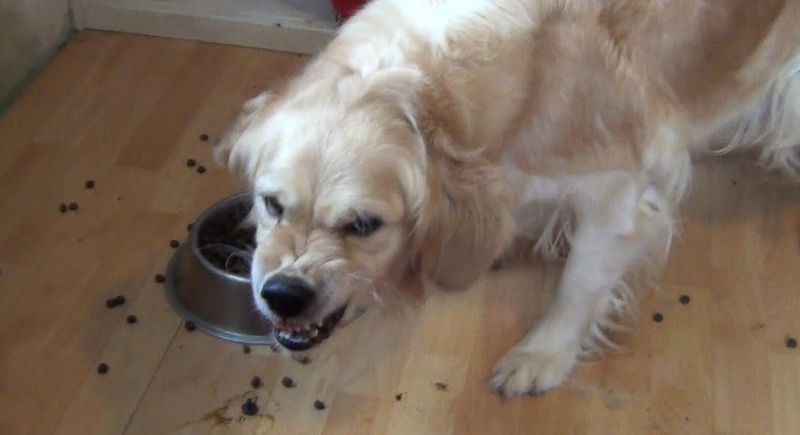
Credit: Youtube
Start by identifying what items your dog guards most often. Commonly guarded resources include food, toys, sleeping areas, and even people. Once you know what triggers the guarding behavior, you can begin specific training exercises to desensitize your dog to these triggers, making them feel more secure and less need to guard.
Teach the ‘Leave It’ Command
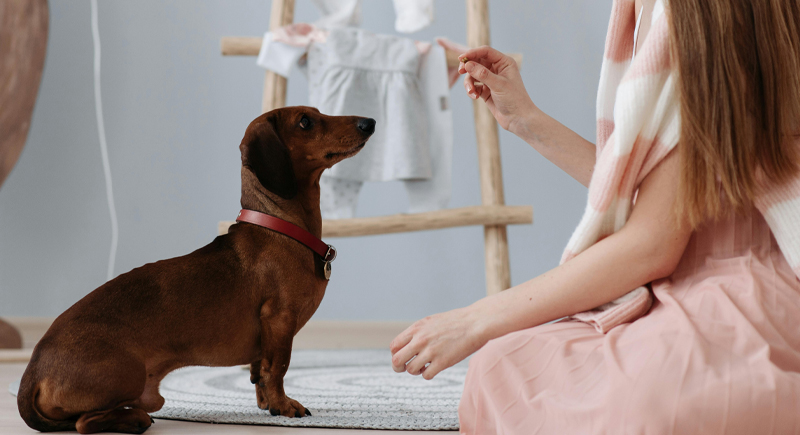
Credit: pexels
Training your dog to respond to the ‘leave it’ command is a powerful tool. This command teaches self-control and can prevent guarding behavior before it starts. When your dog obeys, reward them with a treat better than the item they’re guarding. Over time, they’ll learn that obeying commands results in better outcomes than guarding.
Practice Trading Up

Credit: freepik
When your dog is guarding an object, practice the “trading up” technique. Offer them something better in exchange for the guarded item, like a tastier treat or a more appealing toy. This reinforces the behavior you want to encourage and builds trust, showing your dog that giving up something can lead to even better rewards.
Seek Professional Help
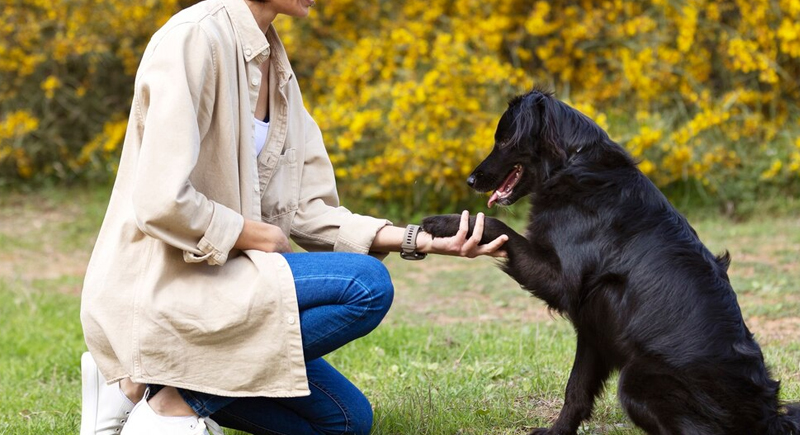
Credit: freepik
If the resource-guarding behavior is severe or escalates, consider seeking help from a professional dog trainer or a behaviorist. These experts can provide personalized strategies and support, ensuring your and your dog’s safety. Sometimes, professional intervention is the quickest and most effective way to address deeply ingrained behaviors.
Establish a Routine
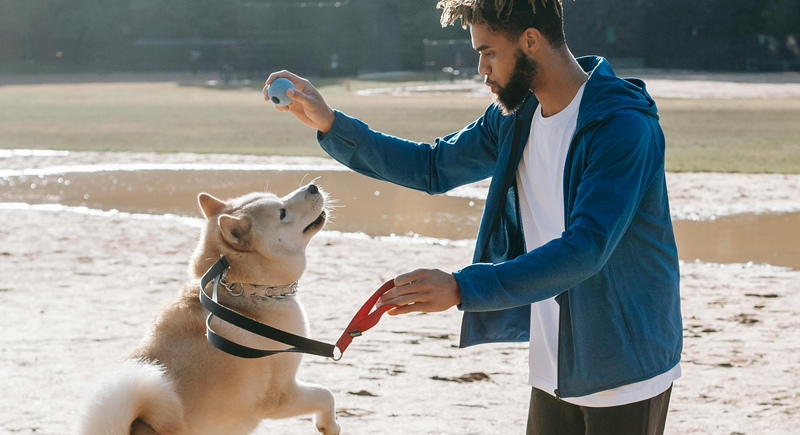
Credit: pexels
Dogs thrive on predictability, and a consistent routine can greatly alleviate anxiety that leads to resource guarding. Feed, walk, and play with your dog at regular times each day. This stability can reduce their perceived need to guard as they learn to trust that they will receive these resources regularly without needing defensive behavior.
Avoid Punishment

Credit: freepik
Avoid punishing your dog for resource guarding. Punishment can increase anxiety and aggression, making the problem worse. Instead, focus on positive reinforcement to encourage the behavior you want to see. This approach builds trust and makes the training process more enjoyable and effective for your dog.
Increase Socialization
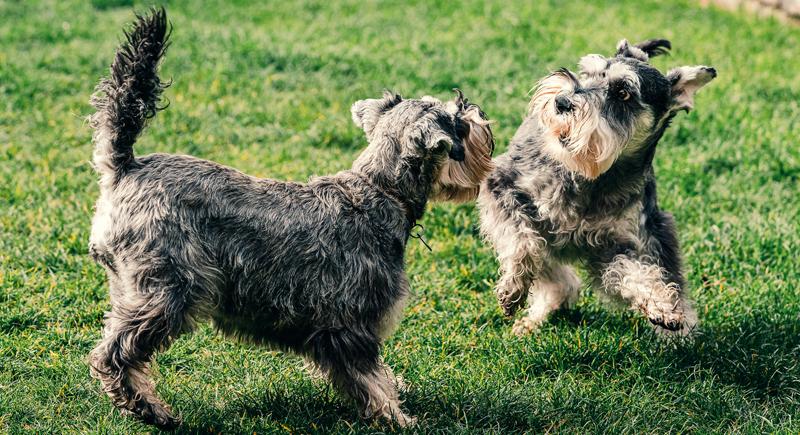
Credit: pexels
Socializing your dog with other dogs and people can help reduce guarding behaviors by boosting their confidence and reducing fears. Gradual exposure to various environments, animals, and people can desensitize them to potential threats and teach them appropriate ways to interact with others around resources.
Provide Plenty of Resources
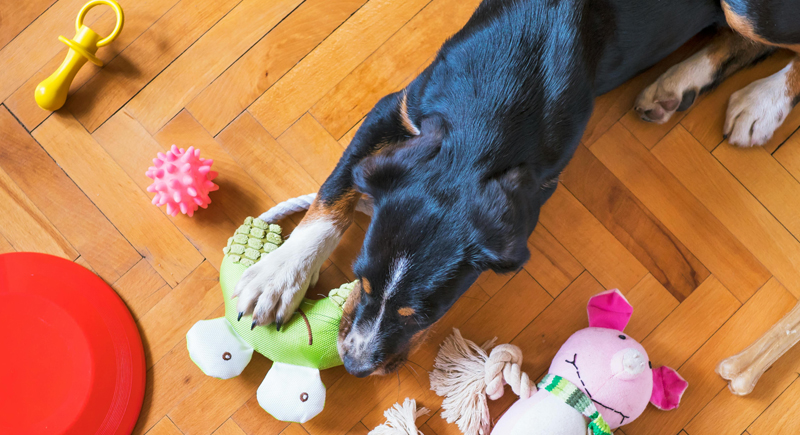
Credit: pexels
One simple way to mitigate guarding is by ensuring there are ample resources available. This could mean multiple food bowls, an abundance of toys, or several comfortable resting places. Reducing competition for resources can help lessen the need for your dog to guard any single item fiercely.
Create Positive Associations
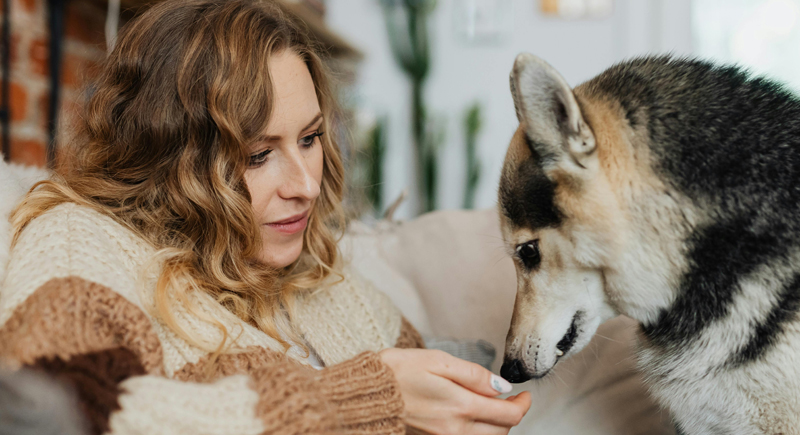
Credit: pexels
Whenever approaching your dog while they’re with a resource, make it a positive experience. Offer them something good as you approach, such as treats or affection, so they learn to associate your presence with benefits rather than potential loss. This can gradually shift their perception from guarding against you to welcoming you.
Use Barrier-Free Feeding
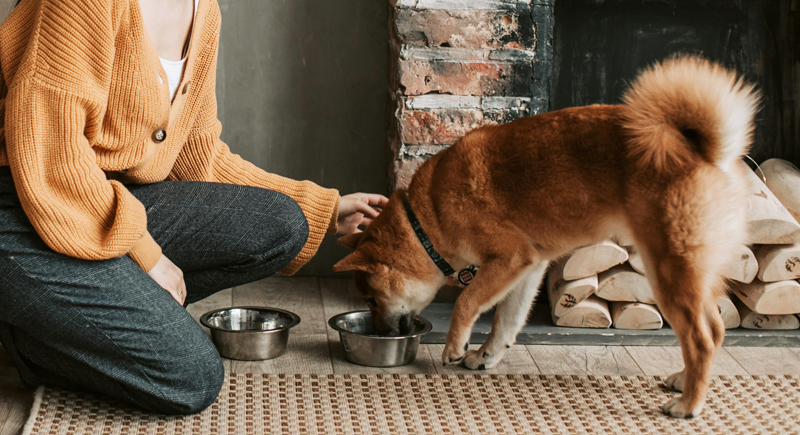
Credit: pexels
Is your dog always guarding their food? Consider using a barrier-free feeding strategy where food is scattered in a large area, such as on a flat tray or mat. It reduces the sense of scarcity and competition, discouraging aggressive guarding behavior as the resource appears less limited.
Controlled Exposure to Guests
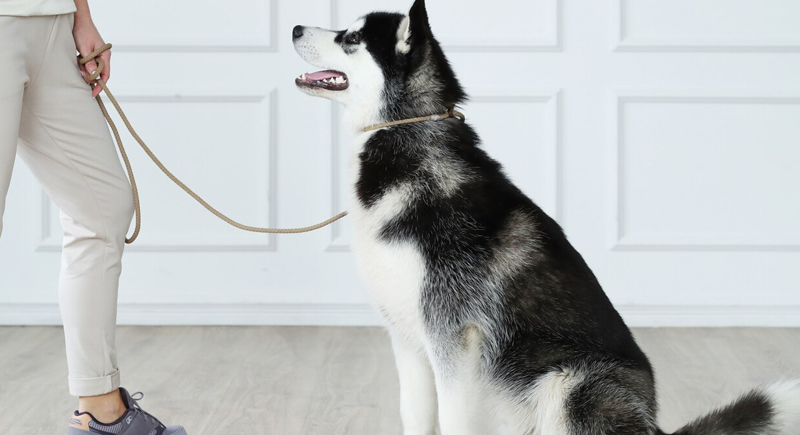
Credit: freepik
If your dog tends to guard you or other family members, carefully control guest interactions. Use a leash and maintain distance initially, rewarding your dog for calm behavior and gradually decreasing the distance as their comfort grows. This helps your dog learn to trust others in their space.
Mental Stimulation
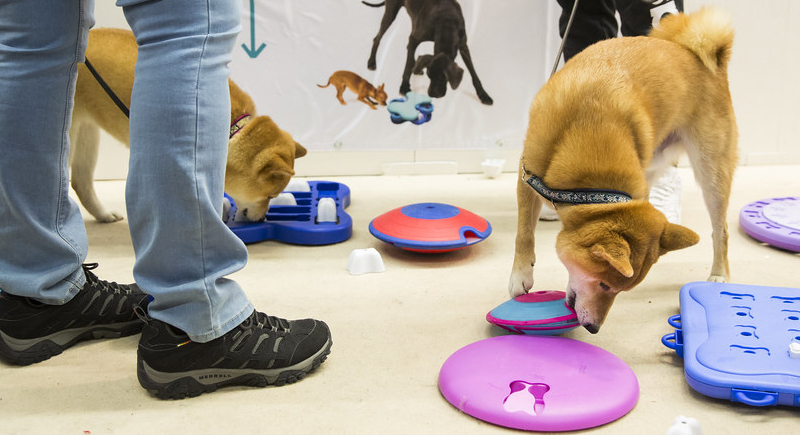
Credit: flickr
A mentally stimulated dog is typically less likely to engage in undesirable behaviors, including resource guarding. Use puzzle toys, training sessions, and regular playtime to keep your dog’s mind engaged and occupied, which can redirect their focus from guarding to more constructive activities.
Ensure Adequate Exercise
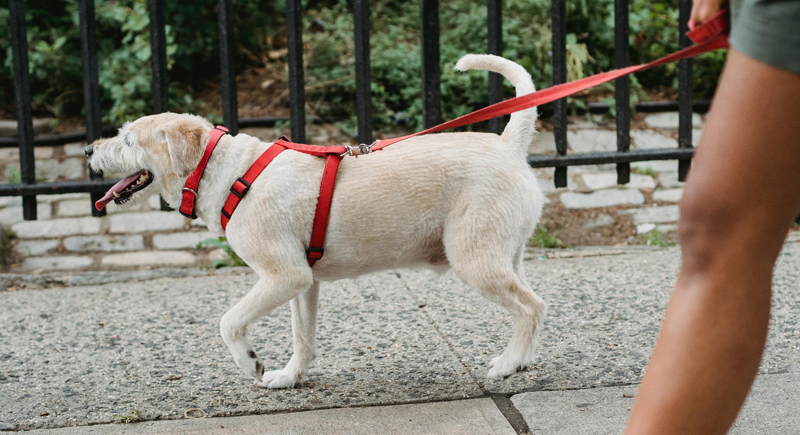
Credit: pexels
Physical exercise can significantly impact a dog’s behavior, including their propensity to guard resources. Make sure your dog gets enough physical activity daily to burn off excess energy and reduce anxiety and stress that might contribute to guarding behaviors.
Gradual Desensitization
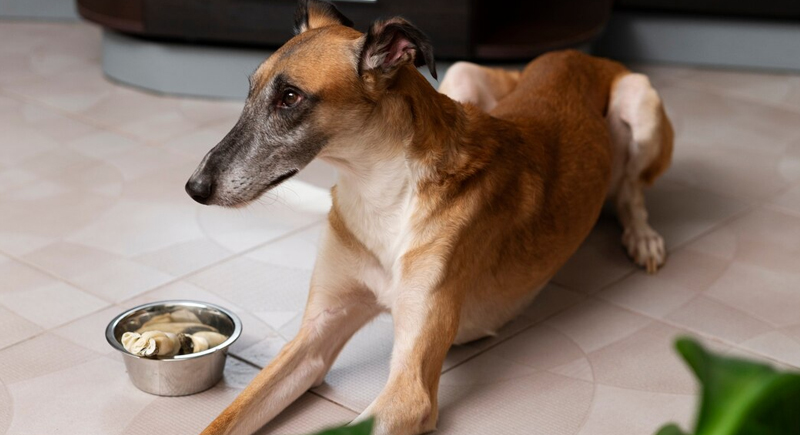
Credit: freepik
Gradually expose your dog to situations that trigger its guarding without causing a whole guarding response. For example, if they guard their food, you might start by standing far away while they eat. Then, gradually move closer over several sessions, rewarding them as they remain calm. This slow, patient approach can help diminish their guarding responses over time.